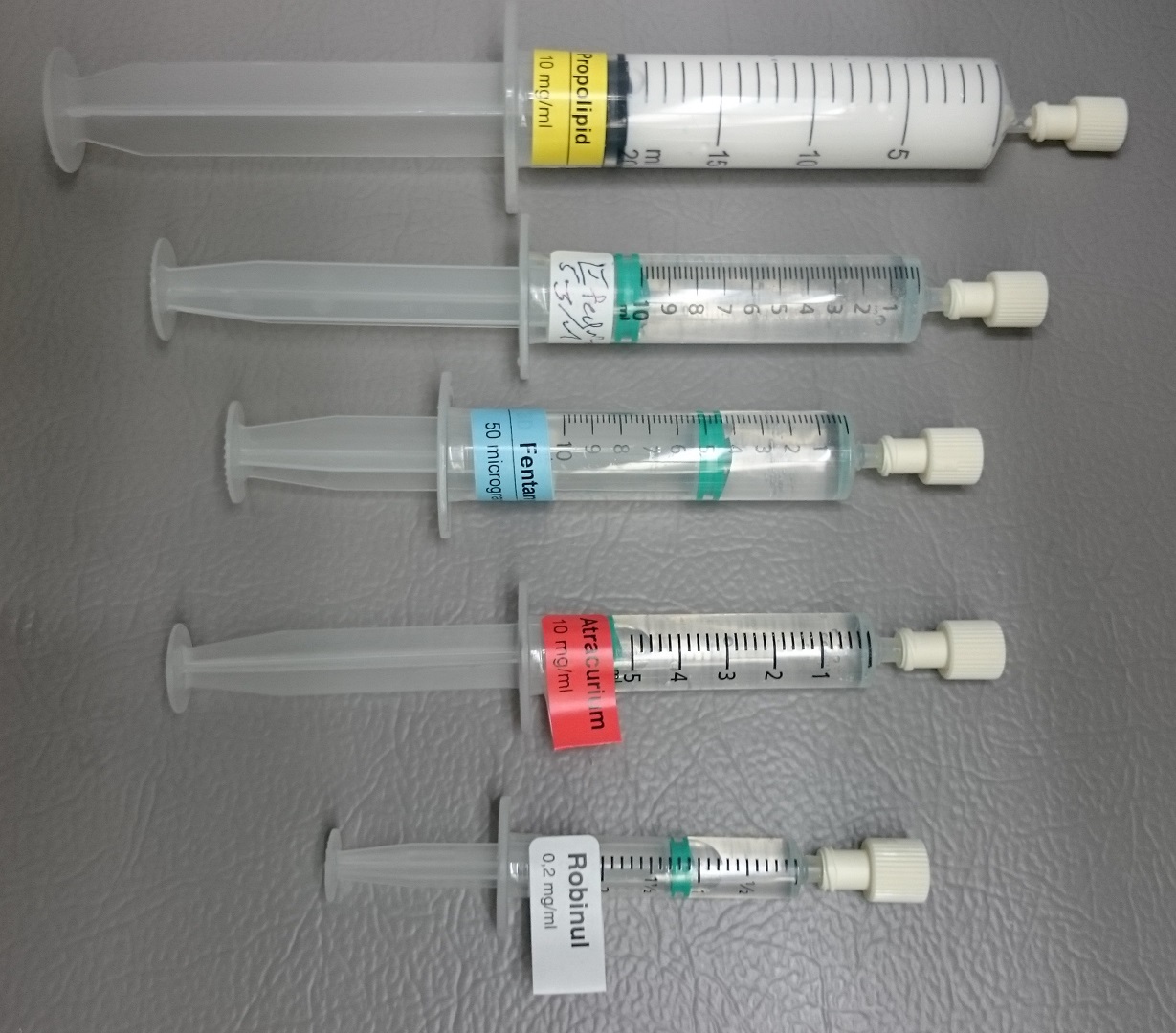
Pexels
How scientists developed the most popular anesthetic used today, without totally knowing how it works
The "milk of amnesia" is relatively new, and is predated by centuries of weak attempts at pain relief
In the semi-distant past, patients had no choice but to be awake during surgery. Medical specialists were more valued for their ruthlessness and speed than their know-how. Without an existing way to control pain, both patients and physicians had to endure the terrifying scene of a surgical process. Therefore, finding agents that could ameliorate pain and induce loss of consciousness was a critical task.
While the quest to find these agents dates back to at least 4000 BCE, the term describing a state of temporary loss of awareness was introduced by the physician Oliver Wendell Holmes Sr. only in 1846. He coined the term "anesthesia" from the Greek words; "an" for without and "aisthēsis" for sensation.
Opium, acupuncture, mandrake leaves boiled in wine, coca leaves, and cannabis were all used to perform surgery and relieve pain. In the 1200s, people prepared sponges known as spongia somnifera by soaking a sea sponge in a mix of poppy and mandrake leaf extracts, dried them for storage. When it came time for use, the sponge was re-wetted. This concoction, when moist, could then be applied to patients' nostrils.
While surgical procedures were somewhat possible, there was one caveat. The doses were often inconsistent due to the varying potency of the extracts, and patients often died.
Later, from the 1500s to 1800s, doctors explored volatile agents and gases. Volatile molecules like chloroform and ether — also known as "oil of vitriol" — easily evaporate, producing vapors that could be inhaled. Nitrous oxide — also known as laughing gas — and carbon dioxide were also used as anesthetics but required special equipment for delivery.
It was not until the mid of 20th century that scientists were able to make anesthetic molecules in a flask instead of extracting them from natural sources. The most prominent achievement was sodium thiopental, which was invented by medicinal chemists at Abbott. However, in the late 20th century, it was the resilience of John B. Glen that led to the development of one of the most common anesthetics used nowadays: propofol.

The problem with anesthetics before propofol was that they were either too strong or they presented a delayed recovery after surgery.
Wikimedia
The right formulation
Glen, a veterinary surgeon, helped develop propofol while working at AstraZeneca, then Imperial Chemistry Industries in the UK. "It took us four different formulations and 13 years before we developed a drug that was safe and could be sold on the market," said Glen in an interview after receiving one of the 2018 Albert and Mary Lasker Foundation prizes.
The problem with anesthetics before propofol was that they were either too strong or they presented a delayed recovery after surgery. The most common side effects of synthetic anesthetics such as sodium thiopental were slow breathing, nausea, sleepiness, headaches, cardiac arrhythmia, and the slow recovery of consciousness.
Propofol seemed to have barely any side effects. "I remember knowing it was special when I saw how quickly the animals recovered after they woke up. A whole pen of pigs could be out cold one moment, and then digging into their food the next. We had mice walking on little rods like tightropes, and they regained their balance 3 minutes after waking up from propofol," Glen added, reminiscing on his work running trials with this drug.
For a drug to serve as an anesthetics, an exquisite dual property is necessary. The drug needs to be fat-soluble to get into the brain, but it also needs to be water-soluble to be injected into veins. Propofol was not soluble in water, so it was overlooked initially. But in the 1970s, researchers developed a neat trick to "solubilize" propofol into water by adding of a surfactant, creating a milky emulsion, hence the name "milk of amnesia."
The very first formulation was not successful. One of the ingredients known as cremophor, a component in castor oil, caused unexpected anaphylactic reactions. Glen persisted and a few other formulations were tried but at the fourth time, the right formulation was obtained containing egg lecithin and soybean oil.
Yet, forty years have passed and despite the success of propofol, little is known about how this anesthetic works. However, scientists have made progress toward understanding how propofol behaves at the molecular level.
Finding propofol cellular targets
Propofol's main cellular target is the receptor GABAA in the brain. GABA-type receptors are channels located at the periphery of neurons that act as gates for ions to go in and out after binding of small molecules. When propofol binds to GABAA, the channel opens and negatively-charged ions flood the cell. This event can, in turn, block cell communication.
Propofol can also impact the function of the molecular motors called kinesins. These highly specialized proteins known as the "workhorse of the cell" transport cargo along the periphery of protein filaments called microtubules. Kinesins "walk" using these microtubules as paths to walk along, attached by their heads. These heads are linked together through a short 14-amino-acid peptide chain or "neck linker." This neck connects to the stalk, an elongated region of kinesins that mediate cargo transport. Recent work showed that propofol interferes with kinesins' flexibility by sticking to one of their heads and to the neck linker.
And there are more propofol targets that have not been explored in detail. Among them, voltage-gated channels in neurons, other regions pacemaker channels that induce rhythmic activity in heart and brain cells, and the receptor TRPA1 known to sense pain.
The most important missing information regarding how propofol (and any other anesthetics) act, is precisely how propofol binding to its cellular targets leads to loss of consciousness. So, it might take quite a while before the full spectrum of propofol action can be explained.


I was really excited to read this and enjoyed the historical context you provided. I’ve also been fascinated with anesthetics that are lipophilic (compounds that can go through cellular membranes), including propofol! A captivating piece by Douglas Fox describes that the neuroscience field generally obsesses with receptors and its complimentary keys (ligands). These fundamental ideas about receptors are applied to study how anesthetics work, by looking for which receptors the anesthetic compounds binds to. Fox goes on to describe that there’s a small group of researchers, like Thomas Heimburg, who believe that anesthetics work by disrupting basic mechanical components of the neuron’s ability to function. What’s interesting is that that this description of how a neuron functions based on thermodynamics is one that the field generally ignores, for no obvious reason, according to my physicist turned neuroscientist friend.